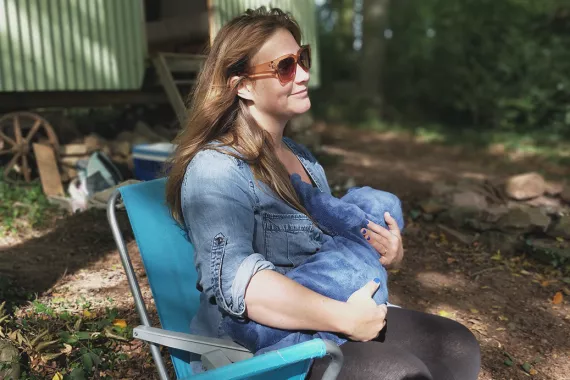In this lesson you will learn 💸
- What a defined contribution scheme is
- What secure pension income is
- What flexible pension income is
Planning for retirement involves organising a set income for when you stop working. As we’ve seen in previous chapters, many pension plans aren’t designed to keep up with our ever-increasing life spans, so it’s important to plan ahead and make sure you’ll have enough later in life.
The most important preparation is to build your pension pot. This holds the savings you build up and invest for your retirement, typically held in a defined contribution pension scheme (one where your eventual payments are based on how much has been contributed) that your employer may pay into as well as you. This could be a workplace, personal, or stakeholder pension scheme.
It’s always worth joining a defined contribution scheme, where employers match your pension contributions (up to a certain limit), and contributing as much as possible - otherwise, you’re effectively turning down extra pay.
And as we’ve also seen, you should make sure that your basic necessities in retirement will be covered by a secure income – ideally this should also cover what you mean to maintain your independence and flexibility.
It is nice to get out of the rat race but you have to learn to get along with less cheese.
Secure income
This is income that's regular and guaranteed for life. This will include any retirement benefits you claim from Social Security, which both you and your employer should have made contributions towards throughout your life. Visit usa.gov/retirement or gov.uk/plan-for-retirement to see how much you might get, and how to increase that if possible.
Your secure income could also include a pension from a defined benefit scheme (also called an employer’s salary-related pension scheme), such as a final salary or career average scheme. You might have this if you work in the public sector or for a large company. A final salary scheme is based on your pay when you retire or leave the scheme; a career-average scheme is based on your average pay across the time you were part of the scheme. Both pay out a secure income for life that increases each year. Your pension payout will depend on how long you’ve been a part of the scheme and how much you earn or have earned.
Lifetime annuity
Another possibility is income from a lifetime annuity. As discussed in the previous chapter, this is a specialised insurance policy you can buy using your pension pot.
In the United States, annuity can be purchased in four main kinds: immediate, deferred, fixed, and variable. If you have an annuity, make sure you know if your payments are taxable. You can use the IRS online interview tool to figure this out.
Flexible income
This is income you hope to get, but which might vary. It’s not guaranteed to last for the whole of your retirement. It includes drawings from your pension pot, where the original pot remains invested (rather than becoming an annuity). It might also include paid work, savings and investments, income from rental property or indeed renting out a room in your home. You might choose to sell your current home and downsize, or other possessions like antiques or jewellery.
Once you’ve gone through all of these possible streams of income, compare them to what you calculated in How much will I need during my retirement? If you have a shortfall, consider what it would take to close the gap and where you could make changes (probably in your contributions) to achieve that.
Instead of saving for someone else's college education, I'm currently saving for a luxury retirement community replete with golf carts and handsome young male nurses who love butterscotch.
Consider discussing this and having it cross-checked with a financial advisor or financial planner to make sure you haven't missed anything and are making the best of all your opportunities. You’ll be glad to know you didn’t miss anything once you’re relying on that income!
The key to a happy retirement is to have enough money to live on, but not enough to worry about.
Key takeaways
We have now learnt that you need to maximise your pension pot (including employer contributions) and make sure your secure income covers at least your basic necessities in retirement, what options there are to generate flexible income when retired and how ISAs can help you in that regard.
Discover more
-
Retirement planning tools and guidance
-
What does a financial advisor do?
Making good financial choices can make the difference between having a great pension and just a state pension, or winning on the m... -
When and how to select the right advisor?
You will never have a problem finding a financial advisor. The challenge will be to find the RIGHT financial advisor for you. Havi...

